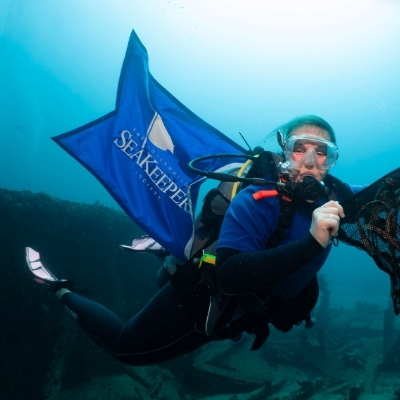Saving White Abalone: Endangered Species Data Collection and Monitoring on Offshore California Islands and Banks
Project Overview:
White abalone was the first marine invertebrate to be listed as endangered under the Endangered Species Act (ESA) in 2001. Overfishing led to local extirpation of the species in many areas throughout its range from Pt. Conception, California to Central Baja California, Mexico. At the time of the ESA listing, it was thought that ~1600 wild white abalone remained in Southern California. A NOAA-led effort (with 20+ partners) has been underway since 2008 to develop and implement a recovery plan for the species. There are many aspects of the recovery program, but the activities for this project involve monitoring and collecting data from some of the last known wild white abalone in California. These white abalone tend to occur farther offshore (up to ~100 miles) at the California islands and banks and occur at depths of up to ~200 ft.
Program Partners
- National Oceanic and Atmospheric Administration
- California Department of Fish and Wildlife
- Paua Marine Research Group
- The Bay Foundation
- Aquarium of the Pacific
- Channel Islands National Marine Sanctuary
- UC Davis
Location
- Southern California offshore islands & banks
Expected Time Frame
- Flexible, 2026
Duration of Expedition
- 1-12 days
Accommodation Needed
- 12 Researchers
Special Equipment Needed
- Licensed Captain, swim platform (hydraulic or stationary) or easy access to water, access to tender or smaller vessel, compressor (for scuba diving).
Expedition parameters listed above are flexible and negotiable.
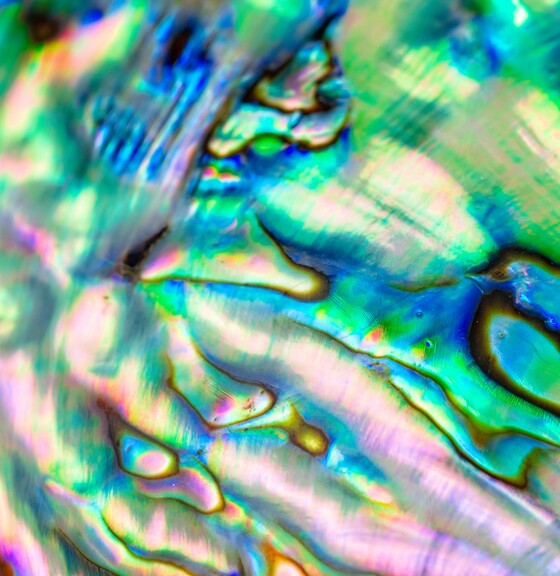
Background:
White abalone was the first marine invertebrate to land on the endangered species list, due to years of over-fishing and unique mating habits that left dense populations of abalone vulnerable. Researchers have evidence the white abalone population is declining by about 14 percent each year. White abalone are a free-spawning species, meaning the sperm and eggs are released into the ocean. To have a chance at fertilization, the two must come into contact. Given the shrinking number of White abalone in the wild, this is an increasingly big challenge.
Mission:
To monitor the remaining wild white abalone that occur off the California coast, the team requires a relatively large vessel that can support diving operations (both technical deep diving with rebreathers and traditional SCUBA using mixed gases) to the California Islands and Banks (as far offshore as ~ 100 miles for Tanner bank) from mainland Southern California. Genetic samples, shell measurements, health swabbing, abundance information, and habitat characterizations are among the biological pieces of information that will be collected. Water samples, temperature, and dissolved oxygen data will also be collected. The boat must have a compressor on board that can fill tanks with nitrox, chase boats, berths for at least 12 divers, and a platform for safely getting divers on and off the boat. The overall goal of these research surveys is to determine the genetic composition and health status of remaining wild white abalone, estimate their densities, and determine which rocky subtidal habitat characteristics are most often associated with their presence. The researchers are also searching for potential broodstock that could join the captive breeding program to provide information on potential future restoration sites.
Applications:
The PI for this expedition, Melissa Neuman, is focused on conducting status reviews for at risk marine species, making decisions about whether to list species as endangered or threatened under the ESA, developing recovery plans for species that receive ESA protection, and advising undergraduate interns and graduate students. One of her primary responsibilities is to implement NOAA’s strategy for conserving and restoring endangered white abalone, an iconic member of kelp forest communities in the U.S. and Mexico, through captive propagation and enhancement activities. In this capacity, she works closely with and helps to provide funding for a consortium of partners who are developing methods for the successful introduction of captive-bred white abalone to the wild. Under her leadership over 8,000 white abalone have been placed into wild reef habitats since 2019. She is a NOAA certified scientific diver who enjoys staying connected with the resources she helps to manage and hopes this expedition helps her communicate the importance of protecting our marine resources to bolster the cultural, economic and biological resilience of coastal communities.
Get Involved
If you’re interested in learning more about this specific program opportunity, please reach out to our team below to find out more about this program or get involved in other opportunities with SeaKeepers.
Explore More Opportunities
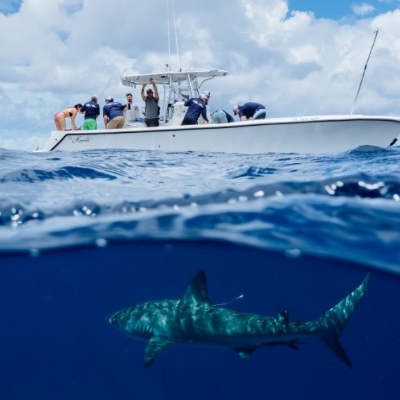
At-Sea Opportunities
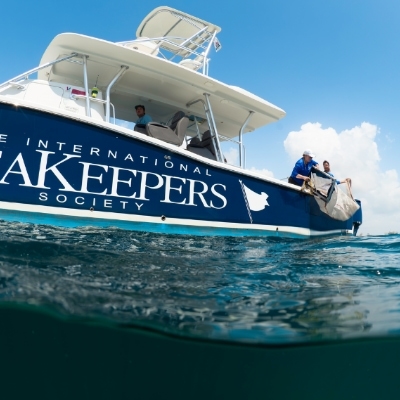
Citizen Science Opportunities
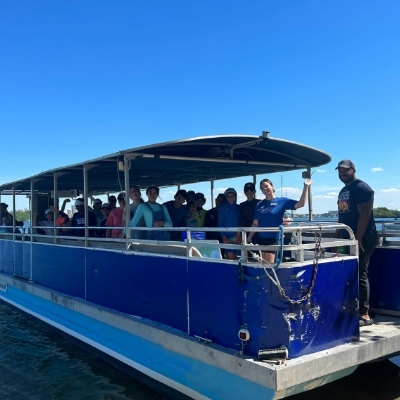
Education Opportunities
